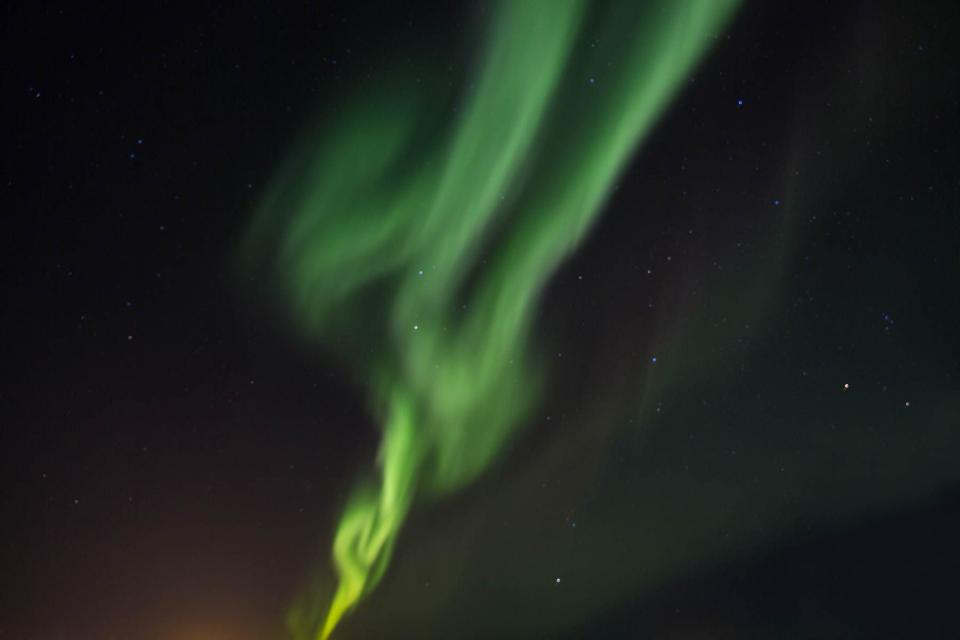These Planes Took a Detour So Passengers Could See the Northern Lights
Passengers on a pair of flights this past week got quite a show.

Sophia Groves/Getty Images
Passengers on a pair of flights this past week got quite a show when both pilots made a special detour so passengers could see the the northern lights.
The first travelers to see the spectacular light show were flying on Finnair flight 488, which was traveling from Kuusamo to Helsinki on Sunday, CNN reported. The pilots on that flight then decided to loop around so everyone on the plane could have a chance to see them.
The plane’s flight path, which was tracked by FlightAware, shows the loop before the plane continued on its way and landed in Helsinki.
“Many thanks to the Captain of Finnair flight AY488 from KAO to HEL tonight for making an unscheduled 360 up in the air so all passengers can enjoy the magic,” one passenger tweeted on Sunday.
Many thanks to the Captain of Finnair flight AY488 from KAO to HEL tonight for making an unscheduled 360 up in the air so all passengers can enjoy the magic @Finnair pic.twitter.com/5QujW4nMFZ
— Kirsi Komi 🇺🇦 (@KomiKirsi) February 26, 2023
The next day, travelers on easyJet flight 1806, which traveled from Reykjavik to Manchester, got a similar opportunity when the lights made yet another appearance. Pilots on that plane again decided to loop around so everyone could see the aurora with FlightAware showing a similar loop about halfway through the flight path.
A passenger on that flight told CNN the easyJet crew switched off the lights so everyone could see the show. For its part, the airline told the network it was “delighted” to show off the aurora and said the captain “was able to perform a controlled manoeuvre in order to allow passengers to witness an amazing display from the air of one of nature’s greatest sights, the Aurora Borealis.”
The northern lights are an atmospheric phenomenon that occur when waves of energized particles from the sun, called solar wind, bombard the Earth’s atmosphere. They can then result in stunning waves of green, purple, or red lights in the sky. The lights are most visible in the auroral zone, which includes northern Norway, Sweden, Finland, Canada, Alaska, and Russia, as well as Svalbard, Iceland, and Greenland.
To successfully see the lights, the right viewing conditions need to be met, including a dark and cloudless sky. But the good news is the next few years are expected to be prime time for northern lights seekers as the next solar maximum is expected around 2025.
For more Travel & Leisure news, make sure to sign up for our newsletter!
Read the original article on Travel & Leisure.

